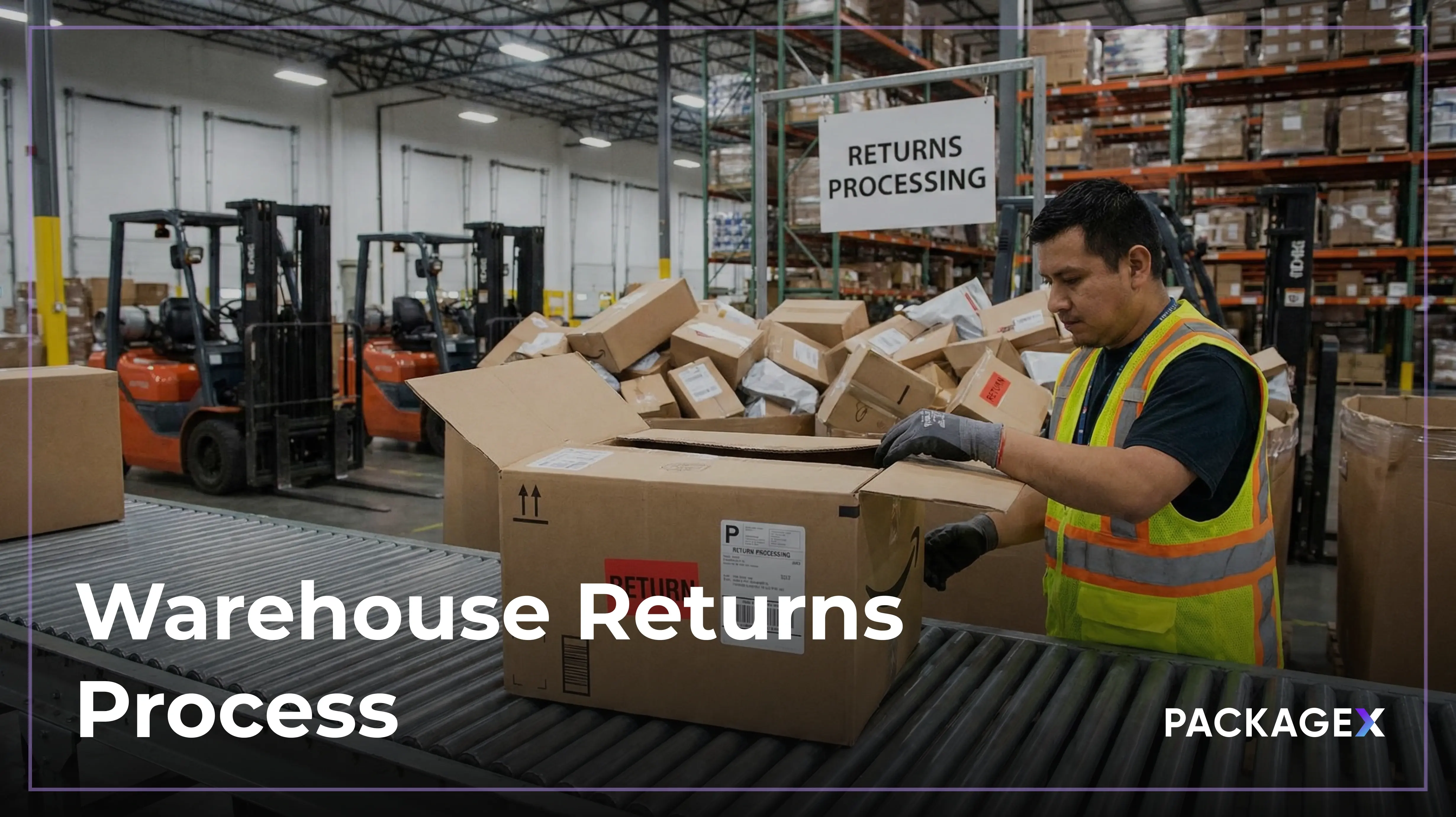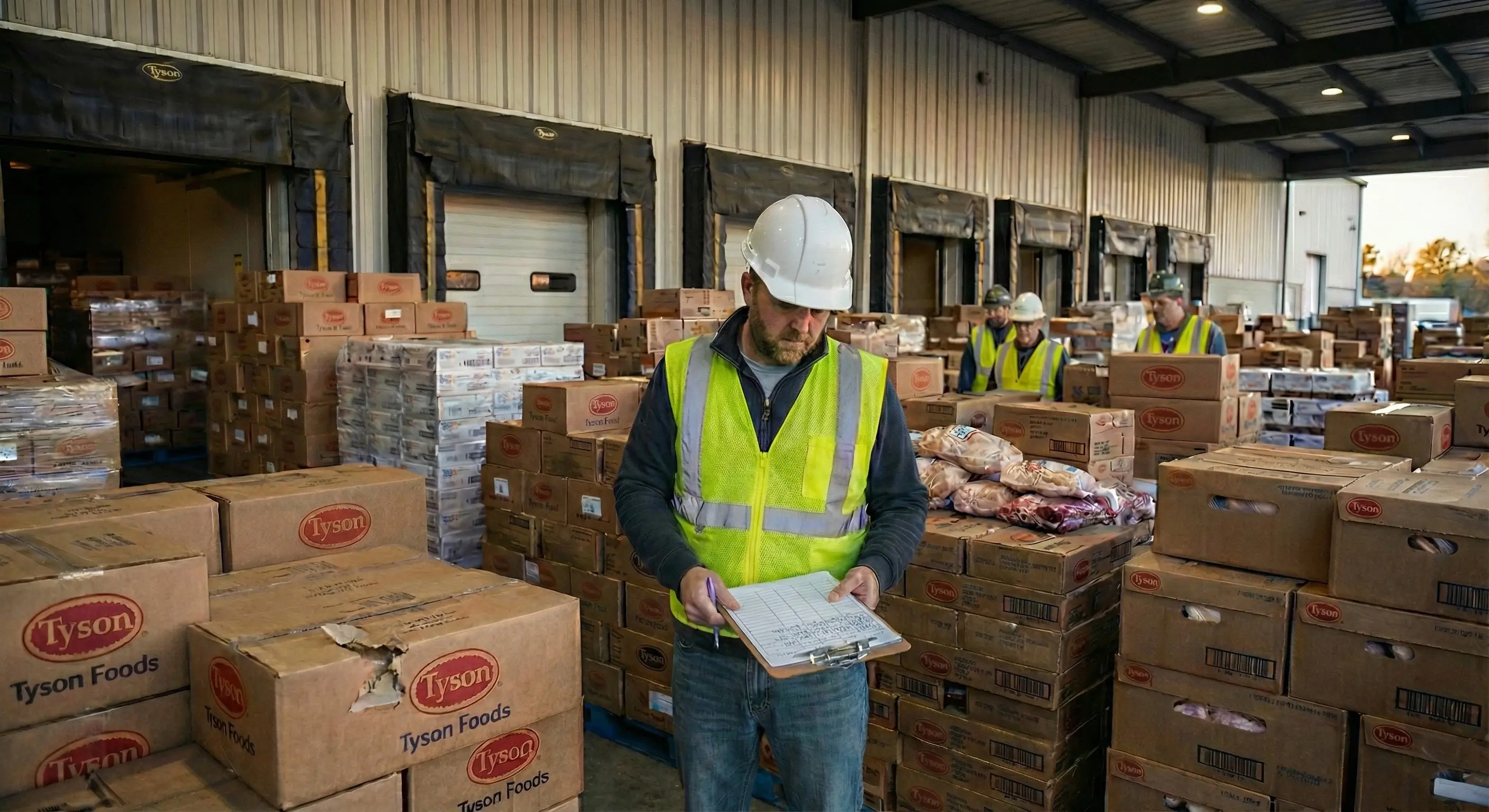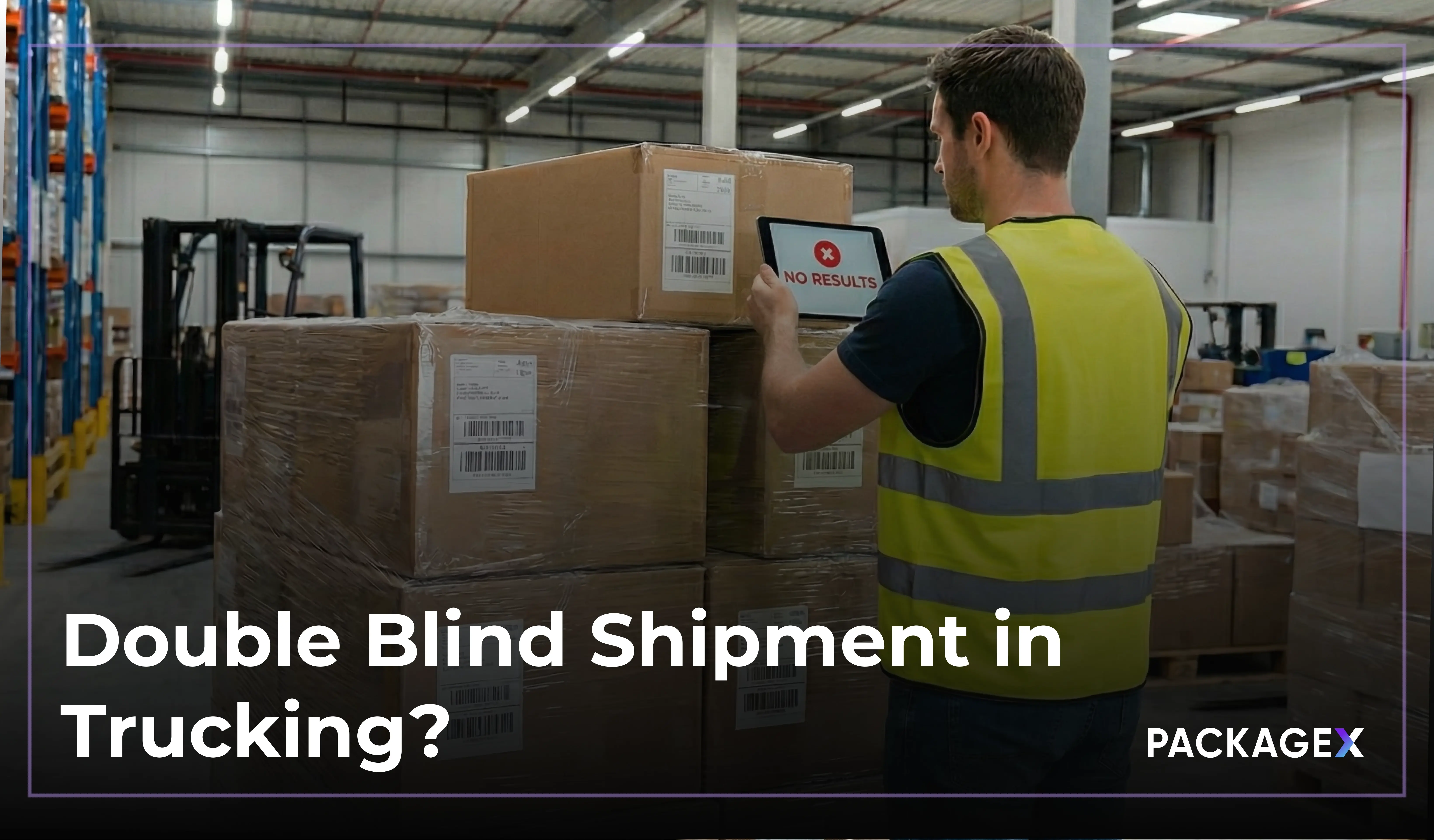In the fast-paced world of custom apparel manufacturing and apparel fulfillment, speed, accuracy, and inventory management are critical to success. One growing apparel brand learned this the hard way. As their business scaled and they transitioned to NetSuite ERP, the cracks in their manual receiving process became impossible to ignore.
The Receiving Bottleneck
Relying on handwritten notes, spreadsheets, and disconnected systems, the team struggled to maintain control over inbound logistics and supplier communication. The result?
- Mislabeled shipments
- Missed receipts
- Delayed order staging
- Inventory chaos
With over 100 suppliers using different label formats, the complexity only grew. During peak seasons, the system simply couldn’t keep up.
Breaking the Manual Cycle
Manual receiving meant each package required someone to open, check, match it to a PO, and then record it manually. A significant bottleneck in apparel fulfillment operations. It was time-consuming, error-prone, and unscalable.
Key Challenges:
- Non-standard packing slips and labels: Some lacked PO numbers; others had multiple IDs scattered across packaging.
- No real-time inventory visibility: Items were stored by salesperson, with handwritten notes the only way to track goods. A setup that simply couldn’t support efficient apparel warehousing.
- Scaling issues: As volume increased, mistakes and fulfillment delays multiplied.
The Vision-Driven Solution: PackageX
Rather than overhauling their entire apparel fulfillment solution, the company chose to layer PackageX’s computer vision platform on top of their NetSuite ERP, with no new hardware and no warehouse rebuild.
How It Worked:
By integrating smart scanning with real-time data validation, the solution modernized key processes in receiving and apparel warehousing with zero infrastructure changes.
1. Label Recognition at Receiving
Using standard iPhones, staff scan shipping labels. PackageX reads barcodes, POs, tracking numbers, and other critical details, regardless of format, and instantly validates against NetSuite data.
2. Instant Error Detection
If data is missing or mismatched, the system flags it immediately for review, preventing downstream errors and delays.
3. Barcode-Based Putaway
Items are stored in locations marked with barcodes. A simple scan of the item and its storage location updates inventory in real-time.
4. Two-Step Automation
One scan when the item arrives, another during storage, and the ERP is fully updated. No need for manual entry or tracking spreadsheets.
5. Fast, Scalable Setup
With scan-based pricing and mobile deployment, the team was up and running quickly, without heavy investment or operational risk. This approach benefited any growing apparel fulfillment operation seeking speed without massive overhead.
Real Results
- Zero manual entry: Staff no longer need to write or copy data.
- Apparel Fulfillment: This transformation streamlined their apparel order fulfillment process, enabling staff to focus more on scaling operations than correcting errors.
- Increased throughput: Faster receiving with fewer errors, even in peak seasons.
- Live inventory tracking: NetSuite now reflects real-time stock positions.
- A future-ready foundation: With automation in place, the business is ready to expand into order fulfillment and work order tracking.
Key Takeaway
You don’t need to build a warehouse of the future to modernize your apparel fulfillment operations. With the right tools, like vision-driven automation and mobile scanning, you can transform receiving and inventory management into a fast, reliable, and scalable system.
Ready to streamline your apparel fulfillment services and receiving workflows?




